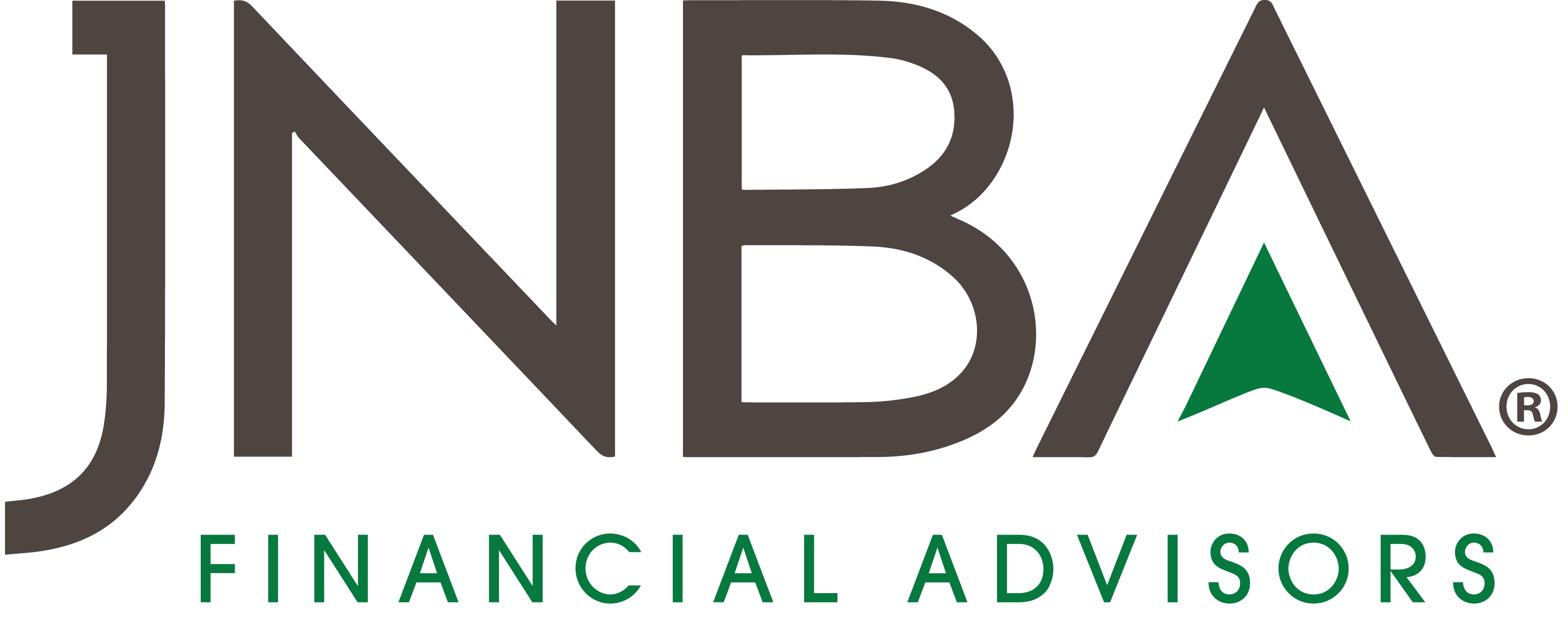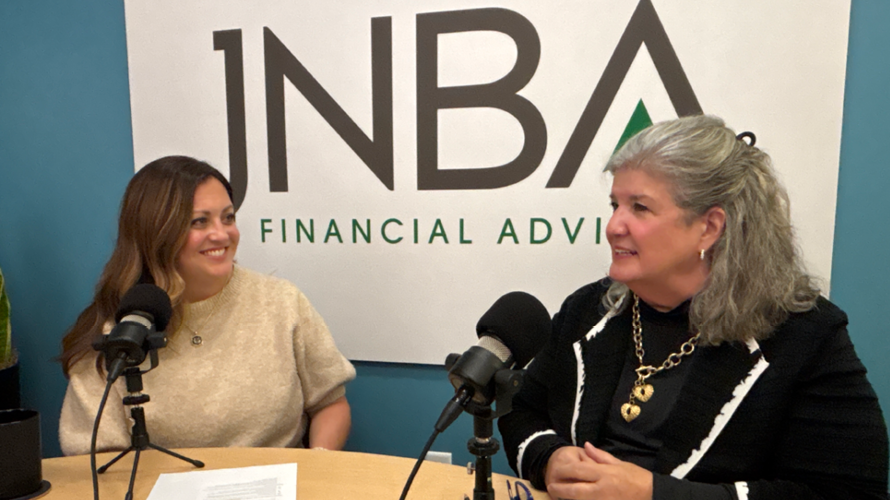Portions originally published in Nov-Dec 2024 Upsize Magazine, updated July 2025
Saving for retirement is a crucial part of running a business and, fortunately, there are plenty of options tailored specifically for the self-employed.
In addition to growing the value of the business over time, self-employed individuals have four main qualified retirement savings options available, along with regular after-tax brokerage savings.
- 401(k) Plan
- SEP IRA
- SIMPLE IRA
- Defined-Benefit Plan
Each plan has specific benefits and may or may not be appropriate depending on your business. Below is a brief explanation of each:
401(K) Plans
One-participant 401(k) Plans, also known as an Individual 401(k) or solo 401(k), are specifically designed for self-employed individuals that have no employees, except possibly a spouse working for the business. This plan closely mirrors a 401(k) Plan offered by larger corporations, but with the advantage of allowing you to contribute as both an employee and the employer. This dual rule can sometimes enable you to defer more tax than the other options mentioned, especially at lower income levels, all else being equal. For 2025, elective deferrals (employee contributions) can be up to $23,500, or $31,000 if age 50 or older. New for 2025 is the enhanced catch-up for those ages 60-63 who can contribute up to a total of $34,750. Total contributions (employee plus employer) can be up to $70,000, $77,500 for those 50 or older, or $81,250 for those 60-63 as of 2025. If your spouse works for you, they can also contribute to the plan and receive an employer match. If that’s not enough, your employee contributions can also be made into a Roth portion of the plan, making this a versatile vehicle for retirement savings. This type of retirement plan is quickly becoming one of the most popular for self-employed individuals due to its flexibility and high contribution limits. However, it’s important to note that once the combined balances reach $250,000, or upon terminating the plan, certain filing requirements must be met. Working with your accountant or third-party administrator is essential to ensure these filings are handled appropriately.
If you have multiple employees, a 401(k) Plan remains an option, but it requires more oversight. These plans must undergo annual, somewhat complicated testing to ensure benefits aren’t disproportionately weighted toward higher-paid employees. However, you can avoid discrimination testing by adopting a “safe harbor” 401(k) plan. With a safe harbor plan, you’re generally required to either match your employees’ contributions (100% of employee deferrals up to 3% of compensation, and 50% of deferrals between 3% and 5% of compensation) or make a fixed contribution of 3% of compensation for all eligible employees, regardless of whether they contribute to the plan. Since 2024, employers with no other retirement plan (with limited exceptions) can adopt a “starter” 401(k) plan. Designed to be low-cost and easy to administer, starter 401(k) plans allow only employee contributions. Employees must be auto enrolled at a minimum contribution rate of 3% (not to exceed 15%).
SEP IRA
A Simplified Employee Pension (SEP) is essentially a variation of a Traditional IRA. This plan is easy to administer and allows for multiple employees to participate, making it well-suited for small businesses with multiple employees. With a SEP, only the employer makes contributions to the plan. Although the contribution limit is the same as other plans, up to $70,000 a year, you are generally limited to 25% of your net earnings, meaning you would need to earn enough to make the full contribution. While there is no annual funding requirement, when you do contribute, you must do so for all eligible employees.
SIMPLE IRA
This type of plan is ideal for small businesses, typically those with 100 or fewer employees, that find a traditional 401(k) too expensive to administer. It combines elements of an IRA and a 401(k) Plan, with investment, rollover, and distribution rules similar to a SEP IRA, but with lower contribution thresholds. In 2025, you can contribute up to $16,500 annually, or $20,000 for those age 50 and older, or $21,750 for those ages 60-63. Employees are allowed to make contributions, and employers have the option to contribute dollar for dollar up to 3% of each participating employee’s income or make a fixed 2% contribution to every eligible employee’s income, regardless of whether they contribute.
Since 2024, employers can also make additional non-elective contributions of up to 10% of compensation or $5,000, whichever is less, to all employees. Employers with no more than 25 employees may allow their employees to contribute 10% more than the standard and age-50 limits. Employers with 26 to 100 employees may offer higher limits if they provide either a 4% match or a 3% nonelective contribution.
All employees who have earned $5,000 or more in any two prior years and are expected to earn at least $5,000 in the current year must be allowed to participate in the plan.
Defined Benefit Plans
Looking to defer even more tax on an annual basis and have the income to sustain higher contributions over several years? A defined benefit plan might be the right fit. This plan guarantees a specified level of benefits at retirement (for example, an annual benefit equal to 30% of final average pay). In 2025, a defined benefit plan can provide an annual benefit of up to $280,000 (or 100% of pay, whichever is less). An actuary is generally required to determine the annual contributions needed to fund the promised benefit, which may vary each year based on the performance of plan investments and other factors.
While defined benefit plans are often too costly and complex for most small businesses, they can be highly attractive to businesses with a small group of highly compensated owners. These plans offer the largest potential benefit of any retirement plan, allowing for the largest deductible employer contributions, making them ideal for those looking to maximize tax-deferred savings.
Other Ways to Save
The plans mentioned above may not be appropriate for every small business, so it’s important to consider your other options as well. A Traditional IRA or Roth IRA is a great place to save, assuming you meet the eligibility requirements, in addition to after-tax savings in a brokerage account. IRA accounts alone allow you to save up to $7,000 per year (or $8,000 if you are over the age of 50 in 2025), which may be all you need to achieve your retirement goals.
Another excellent option to consider is a Health Savings Account (HSA). If you’re paying for your own health insurance, you’re likely on a high-deductible medical plan. Contributing to an HSA can also reduce your tax liability, and if used for qualified medical and/or dental expenses, the withdrawals are tax-free.
Choosing the right retirement plan for your business can seem overwhelming, but with the guidance of your financial advisor and input from your accountant, saving for retirement should be an easy decision.
Due to various factors, including changing market conditions and/or applicable laws, some of the content may no longer be reflective of current opinions or positions. Moreover, you should not assume that any discussion or information contained in this blog serves as the receipt of, or as a substitute for, personalized investment advice from JNBA Financial Advisors.
Please see important disclosure information at jnba.com/disclosure






